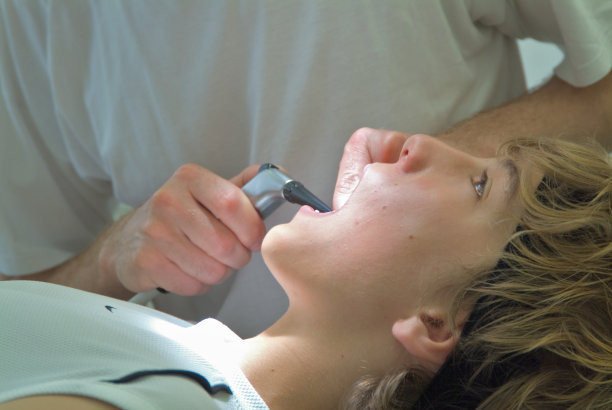The Essential Steps and Considerations for Successfully Extracting a Tooth at Home or in a Dental Office
Summary: Extracting a tooth, whether at home or in a dental office, requires careful planning and execution. This article outlines essential steps and considerations that both laypersons and professionals should keep in mind during the extraction process. The factors discussed include necessary preparations, techniques for extraction, post-extraction care, and when to seek professional help. By understanding these critical aspects, individuals can make informed decisions regarding tooth extraction, ensuring safety and effectiveness while minimizing the risks associated with such procedures.
1. Preparing for Tooth Extraction

Preparation is essential for both home and office extractions. This begins with understanding the reason for the extraction. Patients should consult with a dentist to diagnose the problem accurately, whether it’s due to decay, crowding, or other dental issues. Properly diagnosing the condition helps in selecting the suitable method for extraction.
Once the reason is established, individuals must gather the necessary tools if attempting the procedure at home. Essential items include pliers designed for dental use, antiseptic wipes, and gauze. On the other hand, a dental office will have the right instruments and a sterile environment, ensuring a higher level of safety.
Additionally, mental preparation is crucial. Individuals should manage their anxiety and have a clear understanding of the procedure ahead. Familiarizing oneself with the extraction process can help in reducing fears and making the experience less daunting.
2. Techniques for Extraction
The extraction technique used can vary significantly between a dental office and a home setting. In an office, a dentist typically uses anesthesia to numb the area surrounding the tooth, ensuring a painless experience. There may be specific techniques employed, such as loosening the tooth with special instruments before removal.
In contrast, when attempting an extraction at home, individuals might lack the technology and expertise needed. A common technique involves using gentle, steady pressure to rock the tooth back and forth, gradually loosening it from the surrounding gum and jawbone.
Regardless of the setting, careful attention to detail is paramount. Rushing the extraction could lead to broken roots or fractures in the jaw, resulting in complications. Ensuring a steady hand and sufficient preparation can aid in a smoother process.
3. Post-Extraction Care Instructions
After the extraction, proper care is vital to promote healing and prevent infections. In a dental office, a professional will typically provide detailed instructions on caring for the extraction site, advising patients to bite on a piece of gauze to control bleeding for at least 30 minutes.
At home, it’s essential to follow similar guidelines, such as avoiding straws or vigorous mouth rinsing for at least 24 hours to reduce the risk of dislodging the blood clot. Pain relief medications or ice packs can also be utilized to manage discomfort, though timing and dosage should follow basic medical guidelines.
Observation is crucial in the days following the extraction. Any signs of excessive bleeding, prolonged pain, or unusual swelling warrant immediate consultation with a dentist. Recognizing these signs can be the difference between a straightforward recovery and more severe complications.
4. When to Seek Professional Help
Even with careful planning and execution, there are instances when seeking professional help becomes unavoidable. If the tooth is severely impacted or if complications arise during home extraction, the risk outweighs the benefits of attempting self-extraction. Signs such as uncontrollable bleeding, swelling, or fever may indicate an infection or other serious problem requiring immediate medical attention.
Moreover, the expertise of dental professionals can’t be overstated. Dentists can provide not only a more comfortable experience through sedation but also post-operative follow-up care to ensure no complications arise. They can also manage the pain more effectively with prescription medications tailored to individual needs.
Ultimately, when in doubt, it is always best to consult a dental professional. The risks associated with improper extraction techniques or neglecting post-care instructions can lead to severe repercussions affecting overall health.
Summary:
This article has provided a detailed guide to tooth extraction, focusing on preparation, technique, aftercare, and identifying when to seek professional intervention. By being proactive and informed, individuals can ensure that their extraction experience is safe and effective, whether undertaken at home or in a dental office.
This article is compiled by Vickong Dental and the content is for reference only.


